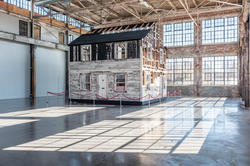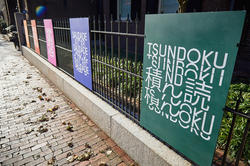Interior Architecture students debate the fate of Civil Rights leader Rosa Parks’ former home in Detroit.
Echoes of Jim Crow

In October 2013 uniformed Black police officer Jeffrey Fletcher was denied access to a Starbucks restroom in New Haven, CT because of the color of his skin. When he submitted a formal complaint to the corporate office, they responded not with an apology, but a letter from their legal department offering him $3,000 to keep quiet about the incident. “It will forever be etched in my mind and soul that the grandson of Jim Crow—James Crow, Esquire—is alive and well in this country,” he says.
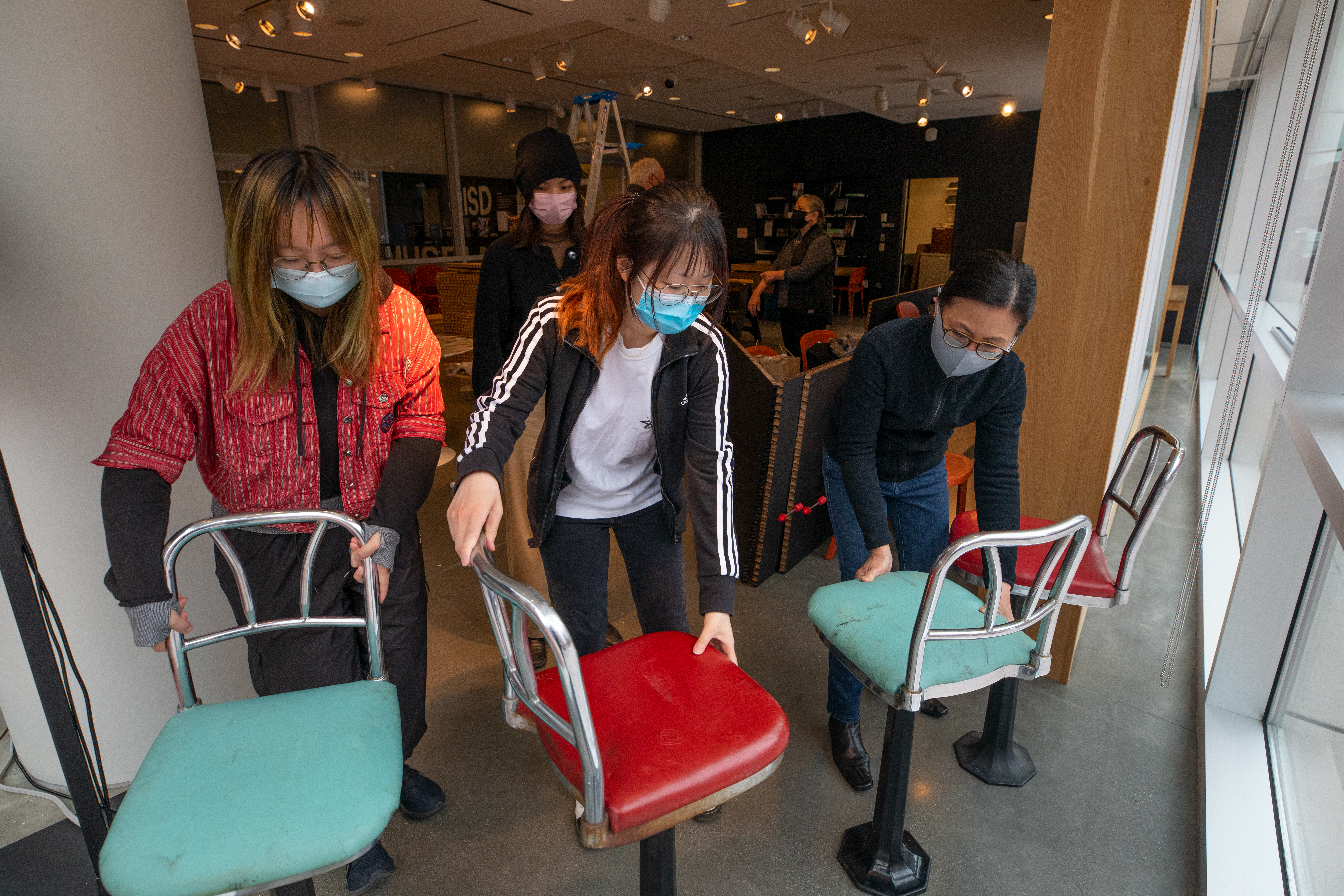
A collector of African-American artifacts, Fletcher owns four of the iconic Woolworth lunch counter stools bravely occupied by Black civil rights activists when they were designated for “whites only.” Young activists Ezell Blair, Franklin McCain, David Richmond and Joseph McNeil—“the Greensboro Four”—sat at that counter and politely asked to be served in 1960, four years before President Lyndon Johnson signed the Civil Rights Act. Fletcher decided to share his story and his piece of US history via a public exhibition. Having met Interior Architecture Department Head Liliane Wong, he wondered if RISD would be the right place to tell his story.
“It will forever be etched in my mind and soul that the grandson of Jim Crow—James Crow, Esquire—is alive and well in this country.”
“Our department offers a graduate degree in Exhibition and Narrative Environments, so we felt compelled to use our discipline to share this narrative with the RISD community and the world,” Wong explains. “This is his story and the story of everyone who has experienced segregation—past, present and future.”
Wong, faculty members Yaminay Chaudhri, Michael Grugl and Wolfgang Rudorf, and second-year grad students Chufan He MDes 21, Yuyi Si MDes 21, Ni Tang MDes 21 and Jiarui (Tina) Wu MDes 21 worked with Fletcher to create Don’t You Sit Down: Shades of Jim Crow, 1960–, an interactive exhibition now on view at the Chace Center entrance and Market Square through May 14.
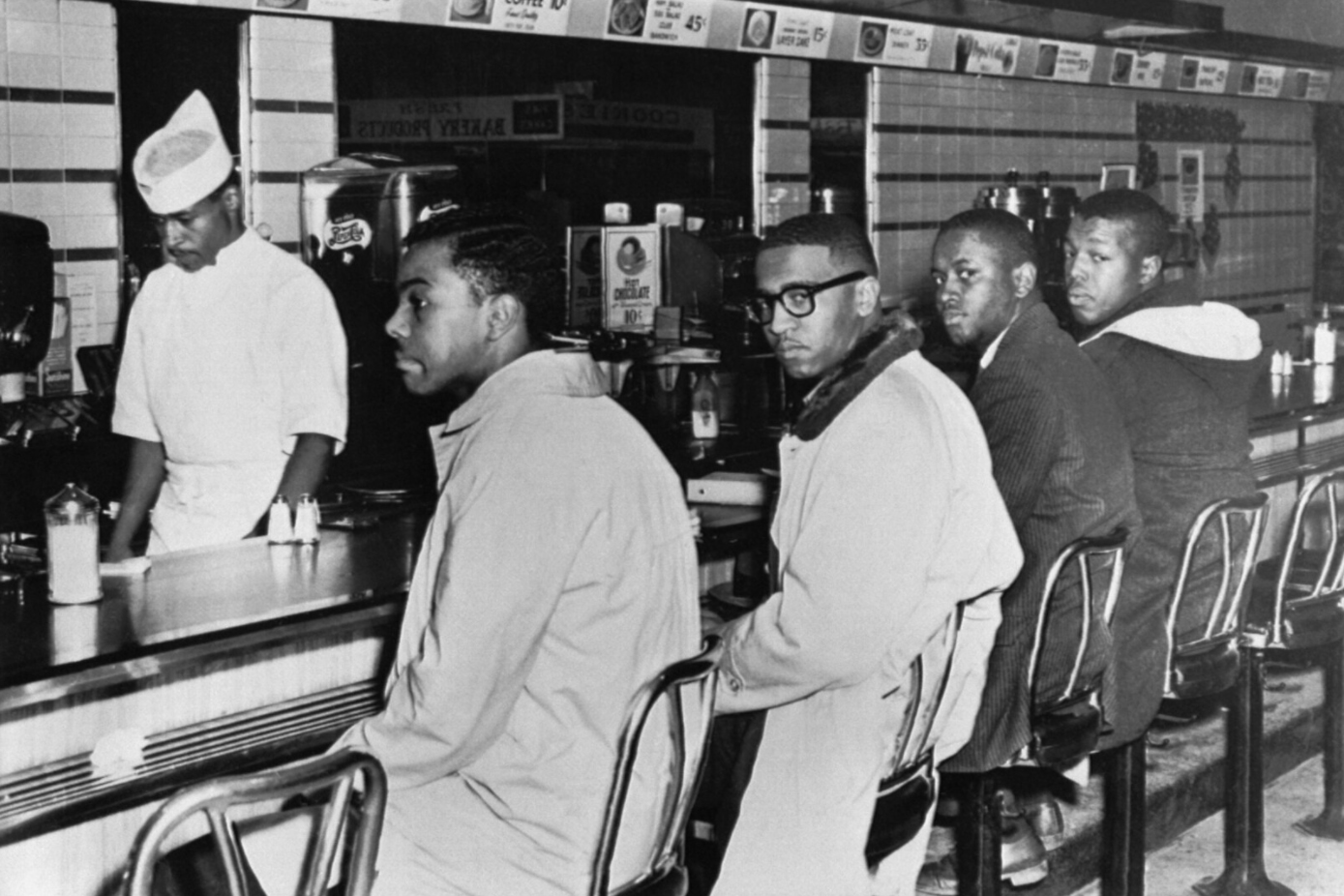
The exhibition uses video, augmented reality and virtual reality to explore racism in the US originating with Jim Crow laws from the post-Civil War era that legalized racial segregation. It gives Fletcher a platform to share his painful story but also focuses on the Greensboro, NC sit-in, moving through time to illuminate America’s struggle against segregation and highlight historic activists like Rosa Parks and Ida B. Wells but also citizens whose stories have rarely been told.
“All we wanted to do was sit down and eat like everybody else. We had manners. Nobody was angry. No yelling and screaming.”
Blair, who has since changed his name to Jibreel Khazan, generously agreed to be interviewed for the exhibition and offers a powerful first-hand description of the Greensboro sit-in. “All we wanted to do was sit down and eat like everybody else,” he recalls. “We had manners. Nobody was angry. No yelling and screaming.”
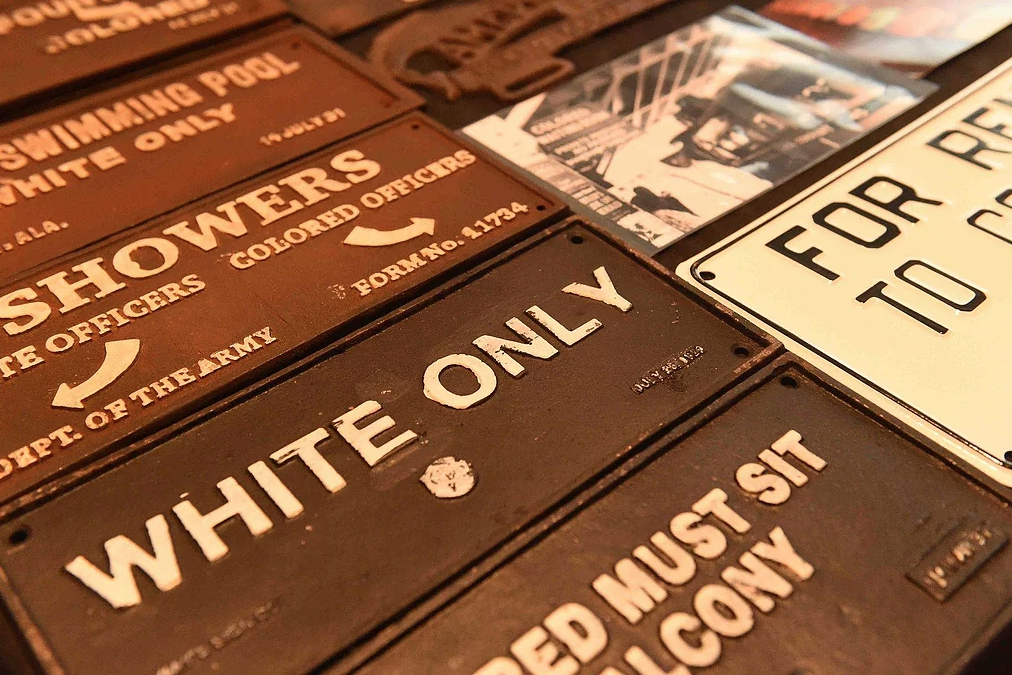
Wong and her team were so moved by the interview that they were unable to sleep for several days afterwards. “We tend to paint things in black or white,” she says, “but Jibreel shared beautiful memories of unexpected people outside of their community who were there at the time supporting them, painting a nuanced picture of 1960.”
“This is Jeffrey's story and the story of everyone who has experienced segregation—past, present and future.”
With support from RISD Provost Kent Kleinman, Dean of Architecture & Design Scheri Fultineer, Associate Provost of Social Equity & Inclusion Matthew Shenoda and a grant from the Donghia Foundation, Wong and her crew are finally able to bring their shared vision to life. And in light of RISD’s commitment to Social Equity and Inclusion, designing the exhibition is exactly the kind of relevant, hands-on experience the students needed.
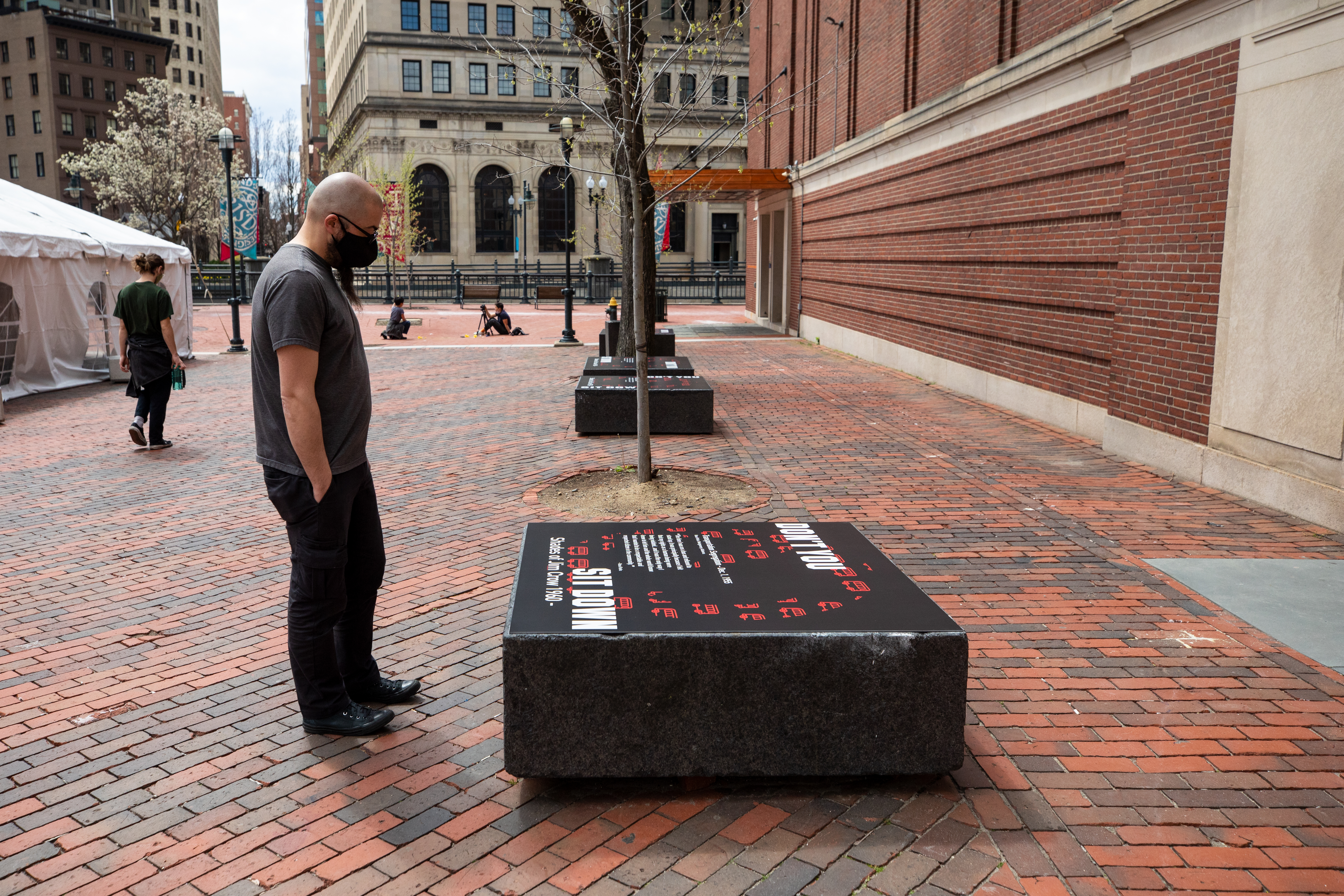
“When planning an exhibition based on real events and real people, the sense of responsibility to create something meaningful is significant,” says Si. “It also requires deep teamwork, patience and the ability to listen to others’ opinions,” Wu adds.
Wong cannot say enough about how committed and creative the students and her colleagues have been in constructing the show during a pandemic. “This has been an unbelievable experience, and I’m so grateful that I had the opportunity to work with Jeffrey Fletcher,” she says. “He is an amazing and authentic human being, and you’ll see that if you visit the exhibition.”
—Simone Solondz
April 20, 2021
